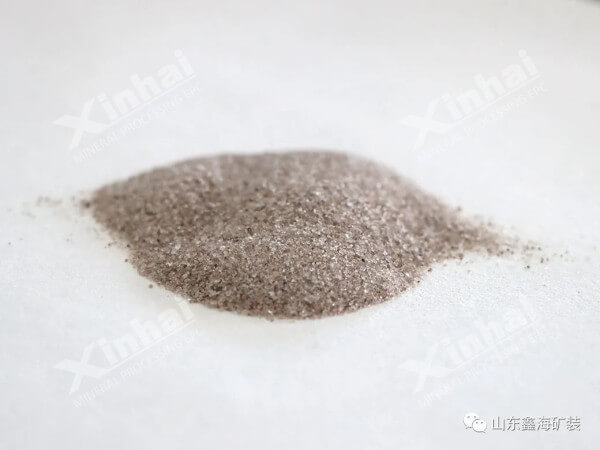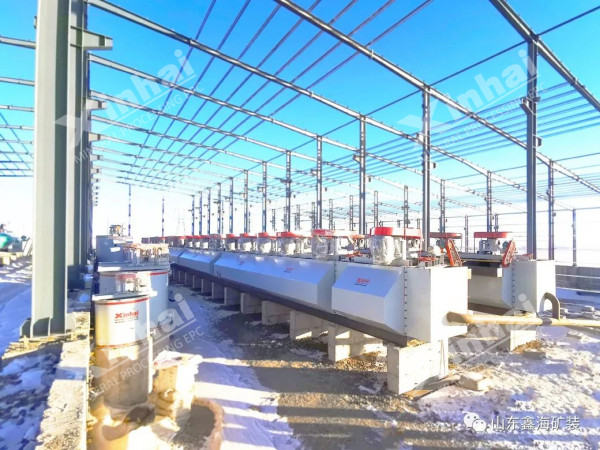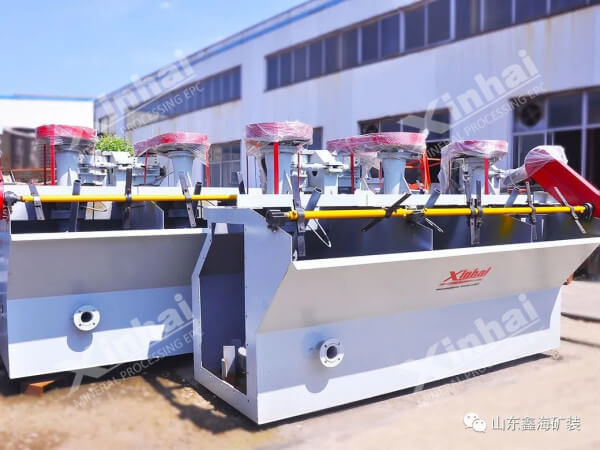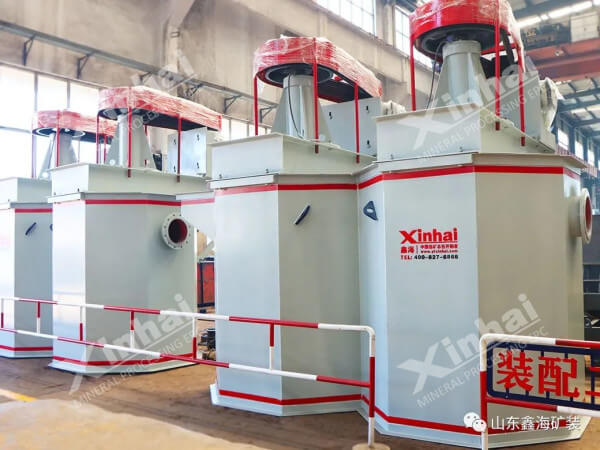In quartz ore dressing, the separation of different mineral components from quartz is an important issue, which has a great impact on the purity of quartz concentrate. The common mineral components in quartz ore include mica, feldspar, iron-bearing minerals and apatite. In this paper, we will introduce how to separate common mineral components of quartz.

In quartz ore, mica composed of layered structure is exposed to a large number of anions on the surface after grinding and dissociation. Cationic collectors can be used to collect mica minerals in a wide pH range. Although the collection properties of mica minerals are similar to feldspar minerals, the flotation pH range of mica minerals is wide, so mica minerals can be flotation under strong acidic conditions.
The reagent system for flotation separation of mica minerals is relatively simple. Generally, the pulp concentration can be adjusted to 30%~35%, dilute sulfuric acid is used for slurry mixing, and amine cationic collectors are used to complete the separation of mica, feldspar and quartz.

Quartz and feldspar are both frame-like silicate minerals, which are similar in nature and structure and difficult to separate. By adjusting the zero point of feldspar with alkali metal ions, quartz can be effectively separated from feldspar.
The separation methods of feldspar and quartz mainly include fluorine flotation and fluorine-free flotation. Fluorine flotation method refers to the preferential flotation of feldspar with cationic collectors under the condition of strong acidity and activation of fluoride ions. The key is to adjust the pH value of pulp solution. The fluorine-free flotation principle is that under strong acid conditions, the anionic collector dodecyl sulfonate and diamine cationic collector are mixed, and the anionic collector is then complexed with the diamine collector adsorbed on the surface of feldspar to form a co-adsorption and improve the surface hydrophobicity of feldspar.

There are many kinds of iron-bearing minerals in quartz ore, including pyrite, ilmenite, hematite, magnetite, etc. It occurs in various forms, some of which are attached to the surface of quartz in the form of iron oxide film, some of which are in the form of mineral inclusions, and some of which are in the form of diffusion in the crystal lattice of quartz or other minerals. In the process of separating iron-bearing minerals and quartz, it is the key to determine the appropriate separation process to clarify the occurrence form of iron impurities and the distribution form in each particle size.
The commonly used method for separating iron minerals is high intensity magnetic separation, which can remove the iron minerals that are dissociated after grinding. The iron oxide film on the surface of quartz particles can also be removed by scrubbing. Pickling has good removal effect on iron minerals. If the requirement for iron content is high, use pickling.

Phosphorus in quartz ore generally exists in the form of apatite, which can be recovered by fatty acid soap anionic collectors, such as sodium oleate, oxidized paraffin soap, tar oil, etc. Due to the high requirements of fatty acid collectors on water quality, temperature and other environment, the hydrophobic surface can be enhanced by adding heavy oil, kerosene and other mineral oils to achieve better collection effect. In addition, modified flotation reagents can also be used, which has a good effect on the separation of phosphorus minerals.
Above are the separation methods of four common mineral components of quartz. In actual production, the mineral components are more complex, and the selection of flotation reagents and flotation sequence are the key factors affecting the separation effect. It is necessary to analyze through beneficiation test and formulate process plan in a scientific and reasonable way to avoid the impact on the economic benefits of the concentrator.